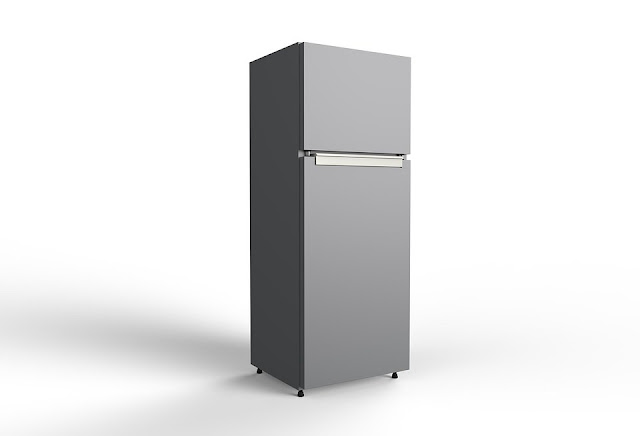How To Read Refrigeration Gauges
A refrigerant gauge is a device that measures the amount of refrigerant in a system. The refrigerant gauge is just a device that measures pressure and converts it to a temperature; it does nothing else.
Some include clamps that monitor pipe temperatures too though, but it does nothing else. It does not inform you if the system is comfortable or not. It provides you with DATA, which you then analyses and create conclusions from.
Its utility (yellow), high-pressure (red), low-pressure (blue), and, on certain models, a vacuum port (black) are the three or four ports on the manifold. Each port has been constructed to allow for flow control, which means there are controls on the manifold to keep the system separate.
You'd be short-circuiting refrigerant from the higher end straight into the suction line if you had the high side, low side, and utility all open, which is a waste of energy as well as time that does no one any benefit, so controlling the valves plus taking notice to what's on and off is critical.
Refrigeration gauges are used to offer information about the state of a sealed refrigeration system's operation. Temperature and pressure process factors must be closely and continuously monitored for most refrigeration systems, irrespective of their application, that are well-taken care of by the HVAC manifold gauges manufacturer.
Pressure gauges having dials standardized in term of the variable as measured can be used to indicate these variables locally or remotely. Refrigeration gauges are compound gauges that can measure both vacuum as well as positive pressure and include graded dials with 270° displays and a pressure range either of vacuum-150 PSI or vacuum-300 PSI.
Each of these ranges has a dual scale dial, with one scale dedicated to pressure readings and the other to "temperature equivalent" values. The temperature comparable rating is based on the refrigerant used in the system and is shown in red for easier reading and analysis. Refrigerant Ammonium or Freon R12, R22, and R502 scales are available. As needed, other refrigerant scale may be created.
A Step-by-Step Guide to Reading Refrigeration Gauges
Before we proceed, we must first learn what and how to look for on a manifold. High/Discharge/Liquid all relate to the system's higher pressure side, which is always red. The liquid line, also known as the discharge line or discharge pipe, is the smallest of the pipelines leading to the compressor. The liquid line is always larger than the suction line. Suction as well as low side is usually the Blue side; it's the system's lower pressure side.
Step 1: Establishing a High-Pressure Connection
Connect the red hose (red on your gauge head if it's analogue) to the high-pressure component of your system; this will, once more, be the shorter of the pipes, occasionally shielded but not very frequently.
This is commonly done with tiny Schrader fittings, which are similar to what you'd find in a car or bicycle tyre. Once you twist on the hose, a section of the line presses into the Schrader, enabling refrigerant to flow into the hose and giving you a pressure gauge.
1. All the way clockwise, entirely shut and closed on the port side (here your manifold hose plugs in) as well as closed flow (the line that links to the valve).
2. Open on the port and flow sides by turning it clockwise just a hair. This allows you to acquire a pressure reading without stopping the system or causing too much disruption.
3. So when valve is completely turned out counterclockwise, or as open as it can get, it is closed on the port side yet open on the flow side. The port side is closed, while the flow side is left open, allowing the system to function.
Step 2: Establishing a Low-Pressure Connection
The blue port must now be connected to the low-pressure side. Attach the blue hose to the low side pressure port in the same way you did the red one (Schrader or service valve).
Step 3: Purge/Vent
When you first hook up to the system, you'll want to expunge tiny bit, so as you insert on your nozzle to the Schrader linkage, open your manifold to ensure that no air is stuck in your hose and enters the system. The concept would be to use the already expelled manifold, which still has some refrigerant in it, to push the refrigerant out of the hose as the final link to a system is made.
Step 4: Reading the Measurements
Check your hoses on the manifold side, the system side, and check sure nothing else is loose.
That's about it; there's no Siri or Alexa to inform you if you're doing it properly or poorly. The manifold just gives you information; it won't tell you all you need to know, but it will tell you whatever you need to understand in order to figure out what's wrong.




Comments
Post a Comment